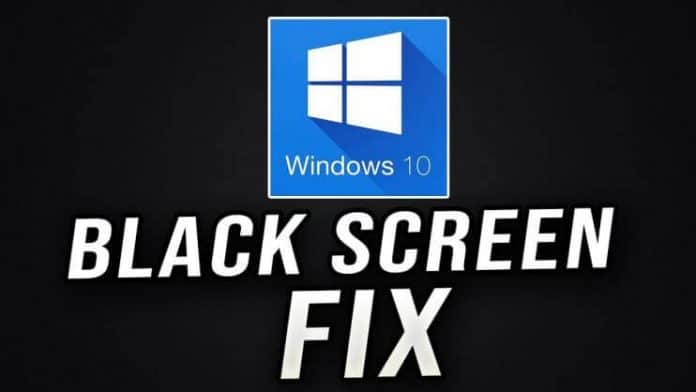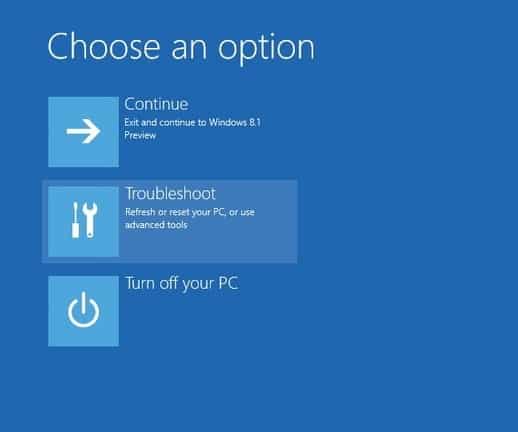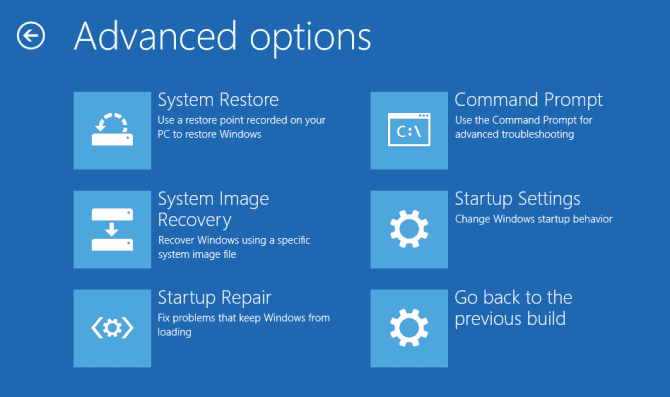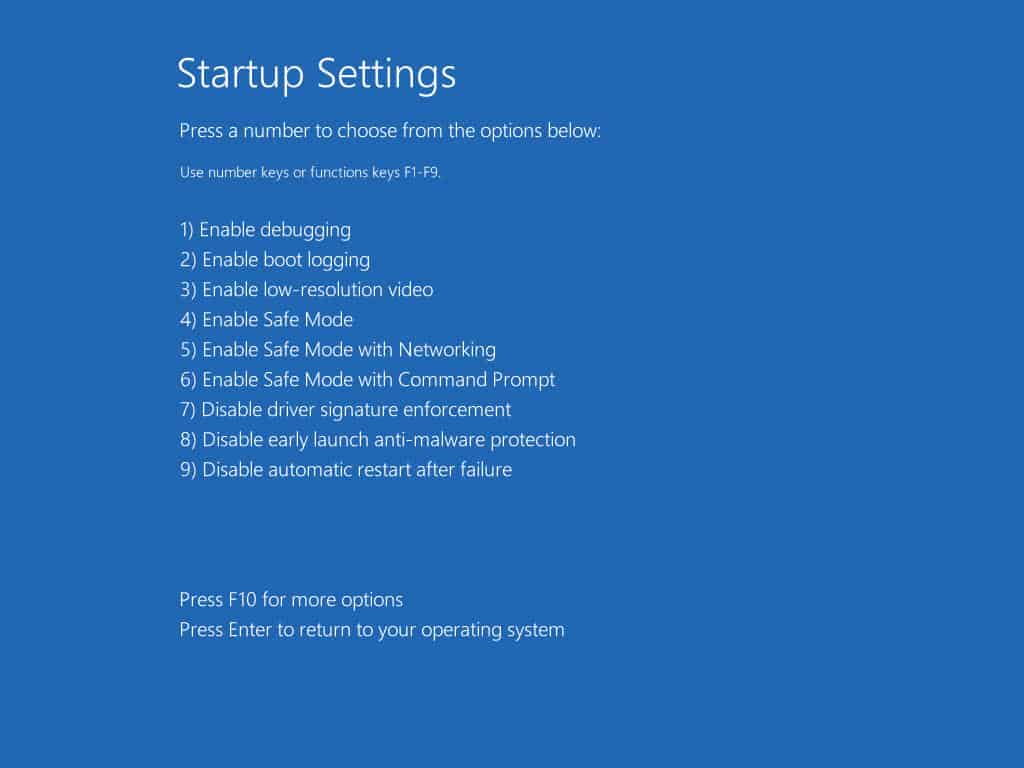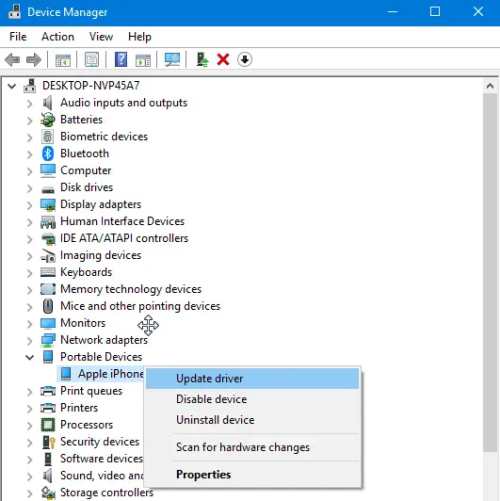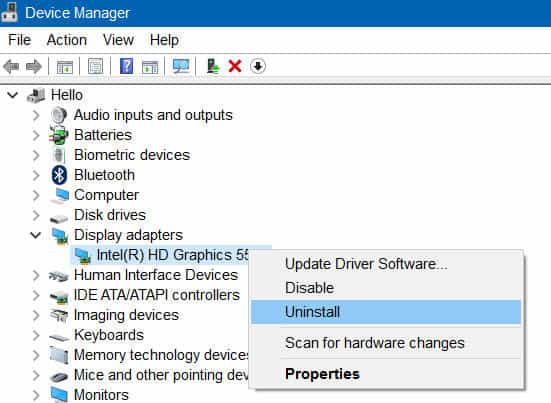So, by now, you may have a clear view on this issue s the name itself is pretty revealing. Black Desktop Screen or Black Screen Of Death indicates an entirely blank and black colored screen that shows up during the booting process.
What Causes Black Desktop Screen On Windows 10?
Well, this happens mostly due to critical video cards or maybe because of a bad connection. Plus, it might also be the result of your motherboard failure, a loose connection, or a corrupted file system. So, let’s check out the most efficient ways to fix such an issue:
What Causes Black Desktop Screen On Windows 10?List of Best Ways To Fix a Black Desktop Screen On Windows 101. Check Out For Loose Connections2. Forcing Display To Be Responsive3. Booting To Safe Mode4. Re-installing Display DriverFrom Editor’s Desk
Also Read- Fix Wi-Fi Doesn’t Have Valid IP Configuration Error in Windows
List of Best Ways To Fix a Black Desktop Screen On Windows 10
So, let us have a look at some of the primary ways to get rid of this Black Desktop Screen problem:
1. Check Out For Loose Connections
Before moving to any complex options, first, check if there is no loose connection. Most of the time, people face the black screen issue due to a loose connection. Therefore, check properly that the adapter is connected firmly. And also, have a look at the cable to see if it is connected to the power supply or not. If everything with your connection is fine, then you must move to the next option.
2. Forcing Display To Be Responsive
Several times, it has been observed that a Black Desktop Screen isn’t always about some severe hardware damage. Sometimes, the cause can be as simple as Widows 10 not being able to detect your display. In such cases, the solution is quite simple, and anyone can do it with just a few key combinations. So, let’s give a try to some of these combinations:
Try pressing the Win key + CTRL + Shift + B all at once for the first attempt. This combination helps in restarting the Graphics Drivers of your PC. Additionally, it also helps to resolve some of the critical issues. Another way is to hit the CTRL + ALT + DEL key together, click on the power button and reboot your System. When your PC restarts, the Black Screen will not appear.
3. Booting To Safe Mode
By booting Windows 10 into safe mode, you are allowing only the essential applications into work. Thus, if anything else is causing the issue of a black screen, you will get to know it at the very moment. Now let us look at how to enter into the safe mode while you are facing the issue. Well, to do that, press the Power button to reboot your System. Then, on repeating the reboot process three times, it will open the Diagnostic Mode for you. After that, follow the steps below to boot your System in safe mode: If this process works in your case, check out the latest display drivers from the manufacturer’s website.
4. Re-installing Display Driver
To re-install Display Driver, firstly, enable the Safe Mode and go to Device Manager. Now right-click on your Display driver and Uninstall it. It will automatically reboot your System and once it restarts. The Driver is auto re-installed by Windows. Hence, this might help you fix Black Desktop Screen on Windows 10.
From Editor’s Desk
The Black Desktop Screen is a widespread problem which many of you may have encountered previously. Sometimes it might take hours for Windows to recognize it on its own. Therefore, you can surely try the above solution to fix this issue. Also, let us know which method worked out for you.
